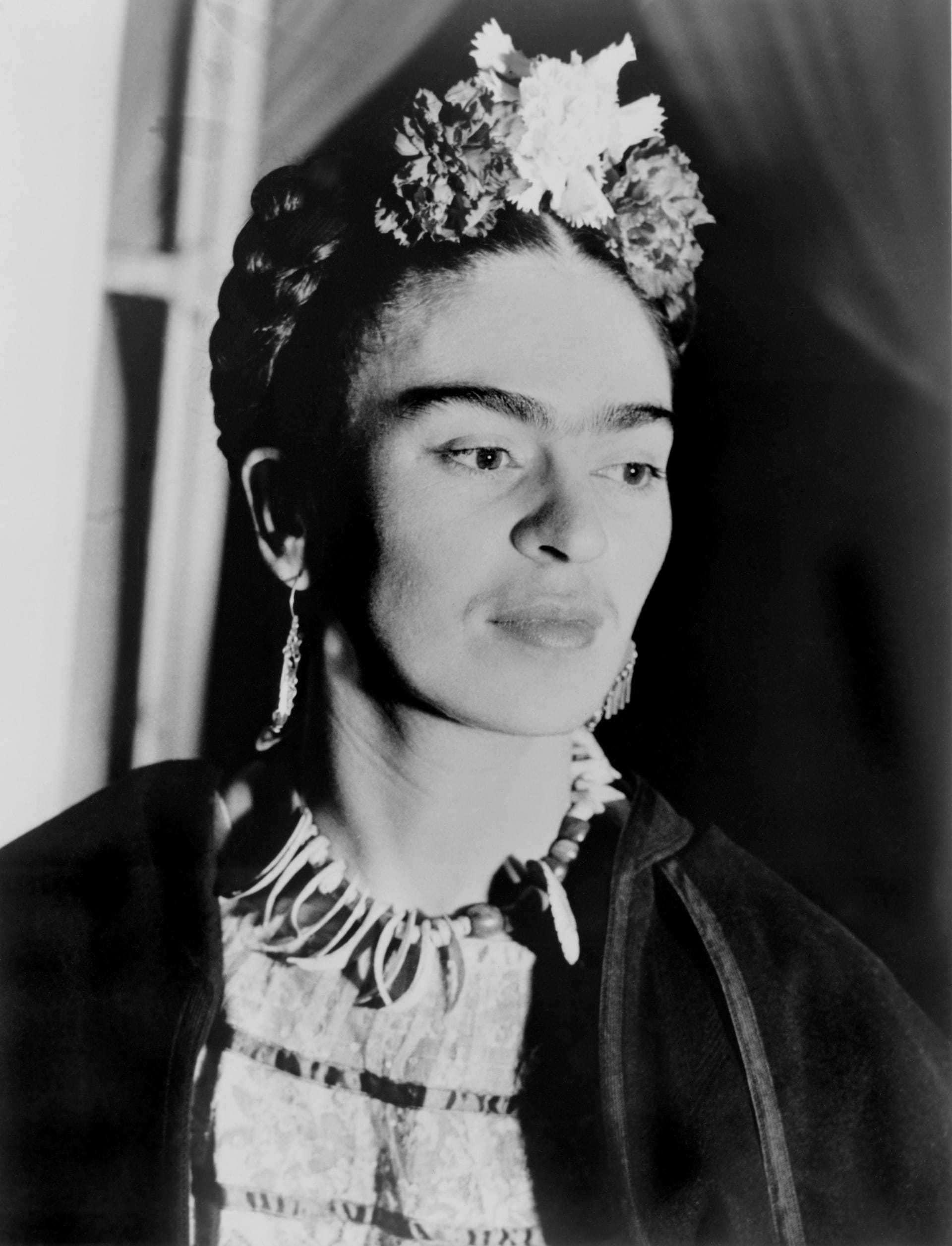دبي الإمارات العربية المتحدة (CNN) -- أدت معايير الجمال التي تفرضها منصات التواصل الاجتماعي إلى إعادة تعريف مفاهيم الأنوثة و"الجسد المثالي"، وخاصةً ما يتعلق بشعر الجسم الزائد.
ورغم من ذلك، يتم احتضان مفهوم وجود شعر الجسد الزائد من قبل عدد متزايد من النساء الشابات اللواتي يحولن وصمة العار المجتمعي إلى رمز لقوة الشخصية والثقة بالنفس.

وساهمت حركات تدعو إلى إيجابية الجسد، والشمولية المتزايدة في قطاع التجميل، في موجة جديدة من تقبّل شعر الجسد الزائد.
وقالت أستاذة الأخلاقيات العالمية، بجامعة برمنغهام في المملكة المتحدة ومؤلفة كتاب "Perfect Me: Beauty as an Ethical Ideal"، هيذر ويدوز، إن إزالة الشعر تعد واحدة من التقاليد الجمالية القليلة التي تحولت من كونها روتين للعناية بالجمال إلى تقليد صحي.

وأشارت ويدوز أن اليوم "تشعر معظم النساء بأنه يتوجب عليهن إزالة شعر أجسادهن. وكأنهن لا يملكن خياراً آخر..".
ولم يكن مفهوم إزالة شعر الجسد الزائد مقتصراً على المرأة حتى أوائل القرن العشرين.
وقبل ذلك، كانت إزالة شعر الجسد أمراً يفعله الرجال والنساء على حدٍ سواء، في العصر الحجري مثلاً، مروراً بعصور مصر القديمة، واليونان، والإمبراطورية الرومانية، باستخدام صدف البحر، وشمع النحل، ومختلف مزيلات الشعر الأخرى.
وفي هذه العصور المبكرة، بحسب ما رصدت فيكتوريا شيرو، في كتاب "موسوعة الشعر: تاريخ ثقافي"، كان ينظر إلى إزالة الشعر كوسيلة للحفاظ على نظافة الجسم. كما ربطها قدماء الرومان بالطبقة الاجتماعية: فكانت بشرتك أكثر نعومة وتطوراً.
وفي الشرق الأوسط، وكذلك شرق وجنوب آسيا، استخدمت الخيوط لإزالة شعر الوجه بأكمله، بينما كان اقتران الحاجبين يعد عامل جذاب بالنسبة للجنسين، وكثيراً ما يبرز مع الكحل.

وفي بلاد فارس، كانت إزالة الشعر وتشكيل الحاجب علامة على البلوغ والزواج بالنسبة للنساء، وكانت مخصصة بشكل رئيسي لهذه المناسبة، بينما في الصين، كان شعر الجسم الزائد يعد أمراً طبيعياً.
ضرورة أنثوية

وفي العقود الأولى من القرن العشرين، أدى تغير صيحات الأزياء،مثل الفساتين بلا أكمام، إلى زيادة شعبية إزالة شعر الجسد الزائد في الولايات المتحدة.
وفي عام 1915، كانت مجلة الأزياء،"Harper's Bazaar"، أول مجلة نسائية تدير حملة مخصصة لإزالة شعر الإبط، التي وصفته بأنه "ضرورة".
وفي العام ذاته، أطلقت شركة "Gillette" للحلاقة الرجالية أول ماكينة حلاقة مخصصة للنساء، والتي حملت اسم "Milady Décolletée". وفي إعلانها الترويجي كُتب: "إضافة جميلة إلى طاولة التزيين، والتي تحل مشكلة شخصية محرجة".

وشكلت الفساتين القصيرة، وهي صيحة ثلاثينيات وأربعينيات القرن الماضي، ونقص جوارب النايلون أثناء الحرب العالمية الثانية، الدافع للمزيد من النساء الأمريكيات إلى إزالة شعر سيقانهن.
وأوضحت ويدوز أن إزالة شعر الجسم انتقلت من أمر "متوقع" إلى معتاد، مشيرةً إلى أن خلو الجسد من الشعر الزائد أصبح الطريقة الوحيدة "الطبيعية"والنظيفة لمظهر الجسد.
ومع نمو قطاع الإعلانات التي تروج مفهوم الجسم المثالي الخالي من الشعر الزائد، تعزز مفهوم أن شعر الجسد الزائد عند الإناث هو أمر مقزز، وفي المقابل، أصبحت طرق التخلص من الشعر الزائد أكثر دقة وفعالية، وشهدت العقود الأربعة الماضية نمو تكنولوجيا الليزر الأكثر تقدماً.
وعلى الرغم من أن معتقد عدم إزالة الشعر الزائد قد لا يبدو ثورياً للغاية، عندما يتعلق الأمر بتقبل أن وجود شعر الجسم هو أمر طبيعي، إلا أنه يمكن أن يمثل خطوة مهمة نحو إعادة صياغة القضية.







